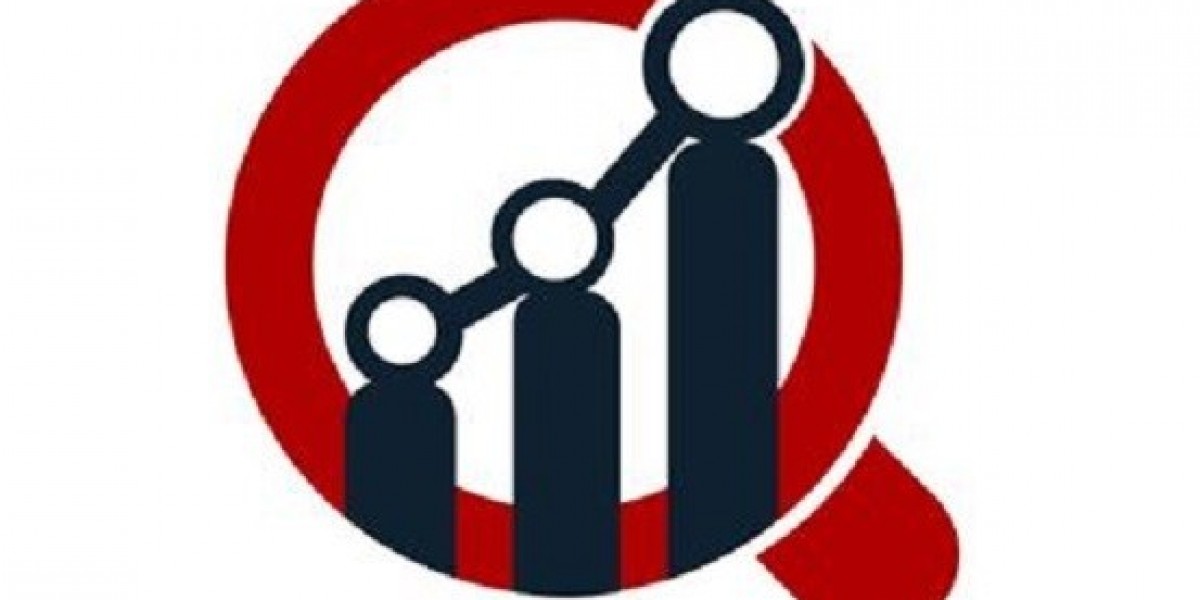Workplace violence isn’t just something that happens in extreme situations—it’s a real and growing hazard that affects employees across all industries. From verbal abuse to physical aggression, these risks can turn a normal day on the job into a nightmare. While companies are responsible for setting safety policies, workers on the frontline often play the most critical role in spotting risks early and taking practical steps to stop violence before it starts.
One important figure who often stands as the first line of defense in managing workplace hazards like violence is the safety officer. This role isn’t just about writing reports or checking boxes. A skilled safety officer understands the human side of workplace safety, actively listens to workers, and creates an environment where people feel protected and respected. Whether on a construction site, in a hospital, or in a busy factory, their presence can significantly reduce tension and prevent incidents from escalating.
Understanding Workplace Violence
Before diving into the solutions, it's important to understand what workplace violence looks like. It can range from:
Verbal threats or yelling
Harassment or bullying
Physical assault or fighting
Intimidating behavior
In some workplaces, this may come from co-workers. In others, the threat could be from customers, clients, or even outsiders entering the premises. The key to reducing these risks lies in early detection and proactive involvement from all employees, especially those on the frontlines.
Why Frontline Workers Matter in Prevention
Frontline workers interact directly with people—clients, customers, and coworkers—more than anyone else. Their close connection to day-to-day operations gives them a unique perspective on brewing tensions, unsafe practices, or behaviors that might seem "off."
For instance, a receptionist who regularly greets a troubled client might notice when their behavior starts changing. A warehouse worker might see a pattern of verbal outbursts from a colleague that could lead to something worse. These are signs that often go unnoticed by managers in offices. But with the right training and culture, frontline workers can raise red flags before danger strikes.
Building a Culture of Openness
One of the most powerful ways to reduce workplace violence is to encourage open communication. When workers feel safe talking about problems, they’re more likely to report early warning signs. That’s where safety leadership comes in—not just from management, but from coworkers looking out for each other.
Take the case of Fatima, a factory employee in Karachi. After noticing her coworker was repeatedly being shouted at by a team lead, she reported it during a team safety talk. At first, others were hesitant to speak up, but after Fatima’s bravery, more stories came forward. The management launched an internal review, leading to conflict resolution training and improved reporting systems. This simple act of speaking up created real change.
Frontline Strategies That Actually Work
Below are several practical strategies that workers can use to reduce violence at work:
1. Recognize the Warning Signs
Training workers to spot early indicators of violence is crucial. These may include:
Increased aggression
Isolation from the team
Excessive use of drugs or alcohol
Threatening comments
By teaching employees how to read these signs, they can respond early—either by diffusing the situation or alerting a supervisor.
2. Establish Peer Support Networks
Workers often trust their peers more than management. Having support groups or safety “buddies” helps build a sense of community where people can share concerns without fear. These small teams can look out for each other and encourage a safer work environment.
3. Use Safety Talks and Toolbox Meetings
Short, frequent meetings can do more than just review procedures—they can foster dialogue. When workers share stories, it opens doors for discussing uncomfortable topics like harassment or bullying.
4. Encourage Anonymous Reporting
Some employees are afraid of retaliation. That’s why having an anonymous reporting system is vital. It empowers staff to speak up without worrying about consequences.
5. Apply De-escalation Techniques
Basic de-escalation training can go a long way. Teaching workers how to calmly communicate, avoid triggering language, and maintain safe body posture can prevent arguments from turning into fights.
The Safety Officer's Role in Empowering Workers
A safety officer is more than just someone who ensures compliance. Their job often involves emotional intelligence, listening skills, and real-time decision-making. By being visible and approachable, they become someone workers can trust.
In many workplaces, safety officers lead the charge in implementing conflict resolution programs, mental health awareness training, and building policies that reflect workers’ real concerns. They act as the bridge between management and frontline staff, ensuring everyone feels heard and valued.
Their ability to detect small changes in workplace mood or behavior often prevents larger incidents from occurring. For example, a safety officer in Lahore noticed an increase in anonymous complaints. Rather than ignore it, he initiated face-to-face check-ins with team members and uncovered bullying from a supervisor that had gone unnoticed. This proactive move stopped what could have become a more serious situation.
Step-by-Step: How Workers Can Take Action
Here’s a practical guide for workers looking to be part of the solution:
Step 1: Stay Alert
Pay attention to your surroundings and note changes in behavior—whether it's a customer or colleague.
Step 2: Speak Up Early
If something doesn’t feel right, talk to your team leader, safety officer, or HR. Don’t wait for things to get worse.
Step 3: Support Your Team
Encourage open conversation during lunch breaks or after safety talks. Make it clear that it's okay to discuss uncomfortable situations.
Step 4: Learn and Practice
Attend any training related to conflict resolution or violence prevention. It’s more than theory—it can save lives.
Step 5: Document and Report
If you witness or experience violence, document it clearly. Reporting systems vary by workplace, but the key is not to stay silent.
Beyond Policy: Creating a Human Connection
While policies and protocols are necessary, they aren’t enough. What really makes a difference is the human connection—trust, teamwork, and mutual respect. When workers feel connected to their team and know someone has their back, they’re far more likely to take preventive action.
At one retail store in Islamabad, the management introduced a peer-recognition program for safety alerts. Workers began nominating each other for spotting issues, and soon, incidents of customer aggression dropped by 40%. This proves that positive reinforcement can make safety a shared responsibility.
Read More: What You Need to Know About Becoming a Safety Officer
Are you someone who naturally looks out for others at work? Maybe you’re the kind of person who notices small details others ignore. If so, you might be perfect for a role in workplace safety. A safety officer is not just a job—it’s a responsibility that can save lives and improve work culture. With the right safety training, you can become a strong voice for peace and protection at your workplace.
Also, consider exploring safety courses in Pakistan that offer practical knowledge and certification, preparing you for a rewarding role in occupational health and hazard control.
Final Thoughts: Every Worker Has the Power to Make a Difference
Preventing violence in the workplace isn’t just a job for management or security teams—it starts with everyday people. From recognizing warning signs to supporting a colleague in distress, every action counts. When frontline workers are empowered, trained, and listened to, they become the strongest force against workplace violence.
Let’s shift the mindset from reaction to prevention, and from silence to shared responsibility. Whether you’re on a shop floor, behind a desk, or managing a site, your role matters. Because creating a safer workplace isn’t just a goal—it’s a team effort.








